Russia's 2024 budget reveals a groundbreaking shift as defence spending takes precedence over social expenditure, surpassing 6% of GDP for the first time in history. The war against Ukraine and the West has become the Russian government's top priority, driving economic growth.
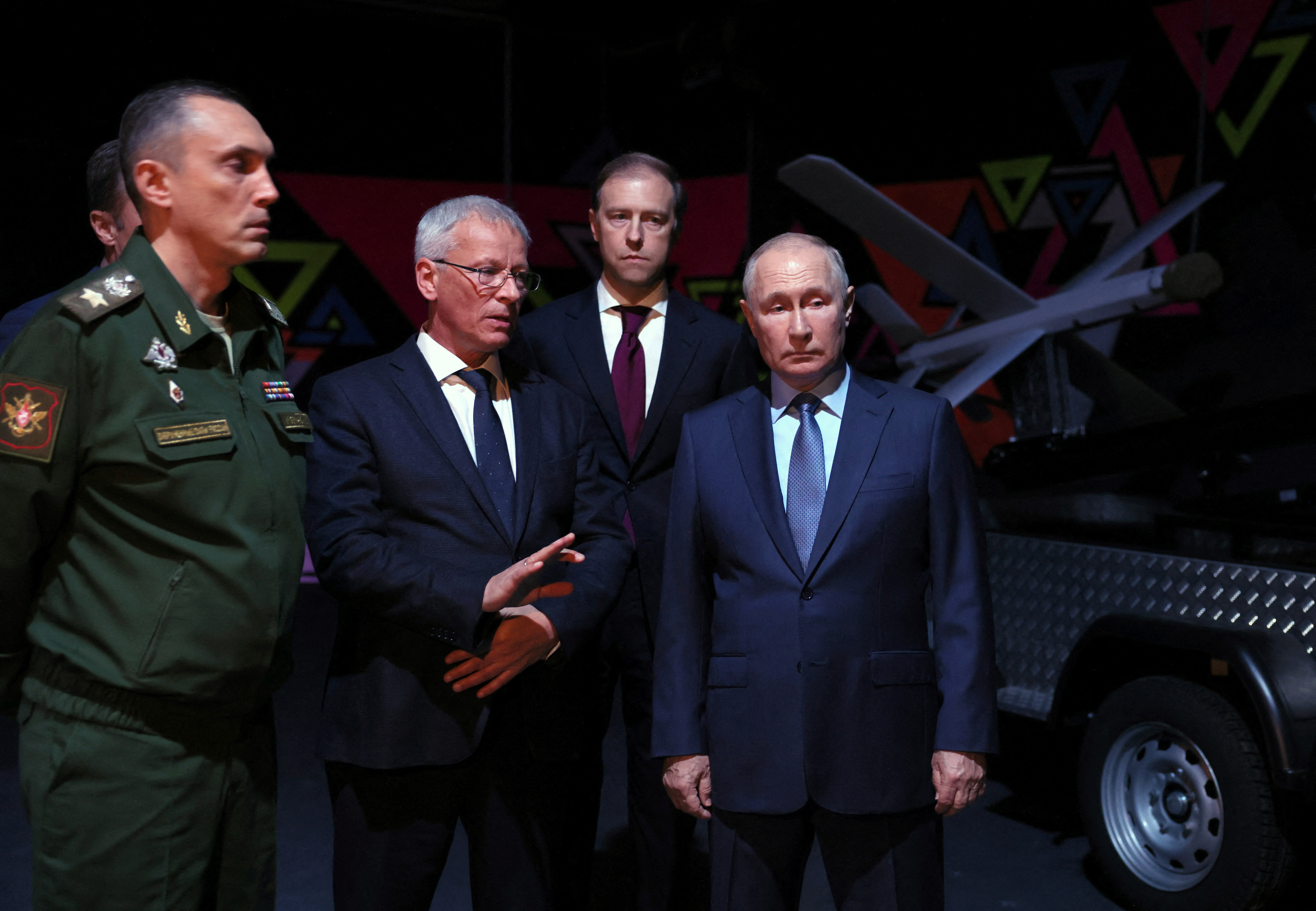
Key Takeaways:
- Russian government proposes a budget for 2024 with a significant increase in military expenditure, allocating 6% of GDP to the military.
- The surge in defence spending signifies Russia's unwavering commitment to the war against Ukraine and the West, indicating no intention of relenting in its aggression.
- The proposed budget forecasts a remarkable 35 tn rubles ($349 bn) in revenue for 2024, with most spending directed towards national security.
The staggering surge in defence spending indicates that the Kremlin has no intention of relenting in its aggression against Ukraine. Quite the contrary, this move signals an unyielding determination to replenish Russia's depleted military arsenals, even if the intensity of the fighting subsides or the conflict reaches a stalemate. The budget allocation ensures ample resources for potential escalations, including the imposition of martial law or a full-scale mobilization.
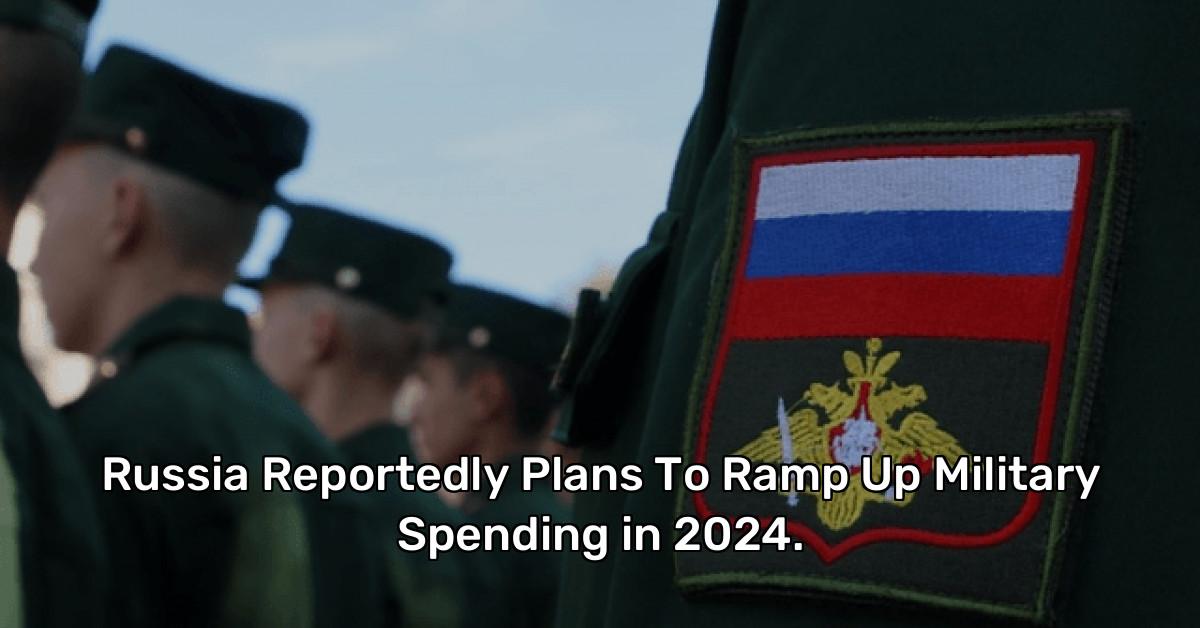
Awaiting approval from the State Duma, the proposed budget outlines an ambitious vision, forecasting a remarkable 35 tn rubles ($349 bns) in revenue for 2024, marking a noteworthy increase of over a third. The oil and gas sector is expected to contribute a substantial 11.5 tn rubles ($114.42) to this staggering sum. Planned expenditure is 36.6 tn rubles ($364.18 bn), representing a 26.2% surge compared to 2022. As a result, the government anticipates a substantial reduction in the budget deficit, from 2% of GDP in 2023 to a mere 0.8% in 2024.
While social spending is projected to experience a moderate increase, reaching approximately 7.5 tn rubles ($74.6 tn) in 2024, the lion's share of the budget will be funnelled towards national security. This includes funding for agencies like the National Guard Internal Military Force and the Federal Penitentiary Service, with expenditure rising from 3.2 tns ($31,8 bns) to 3.5 tns rubles ($34.8 bns). Spending on vital sectors like education and healthcare will remain stagnant, resulting in a real-term reduction in resources for these critical areas.

The Russian Economic Development Ministry remains surprisingly optimistic, forecasting a mere 4.5% increase in inflation for 2024. GDP growth is expected to reach 2.3%, while natural oil is predicted to average $71.30 per barrel, defying the G7-imposed price cap of $60. The average ruble-U.S. dollar exchange rate is estimated to settle at 90.1 rubles.
In essence, the astronomical increase in defence and social spending outlined in the budget will be primarily financed through a gradual devaluation of the ruble, a process that is already underway. Paradoxically, a moderate budget deficit may serve as a means to curb inflation, albeit at the expense of the Russian people.
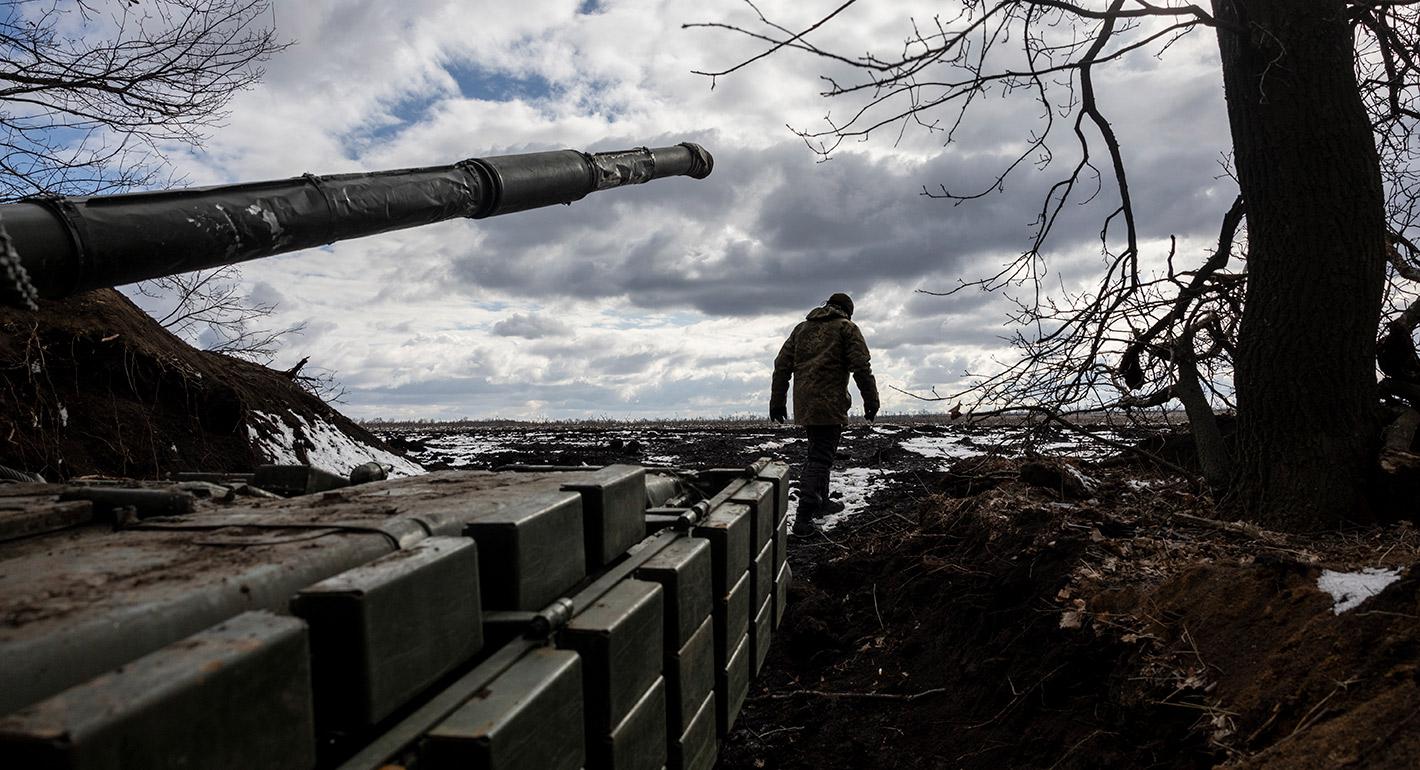
Remarkably, defence spending in 2024 is set to nearly double compared to the previous year. Although it falls short of the Soviet Union's Cold War-era defence expenditures, which reached 12-17% of GDP, it is comparable to the United States' military outlays during the 1980s. The origins of this surge can be traced back to 2011 when the Kremlin launched a massive nine-year rearmament program worth approximately 20 tn ($199 bns) rubles.
Most of Russia's defence spending will be channelled into the production of military equipment and compensation for those wounded or killed in Ukraine. However, this financial injection will inevitably be consumed by the deep-rooted inefficiencies and unprofitability plaguing many defence companies. Since Russia's full-scale invasion of Ukraine in 2022, these problems have only exacerbated.
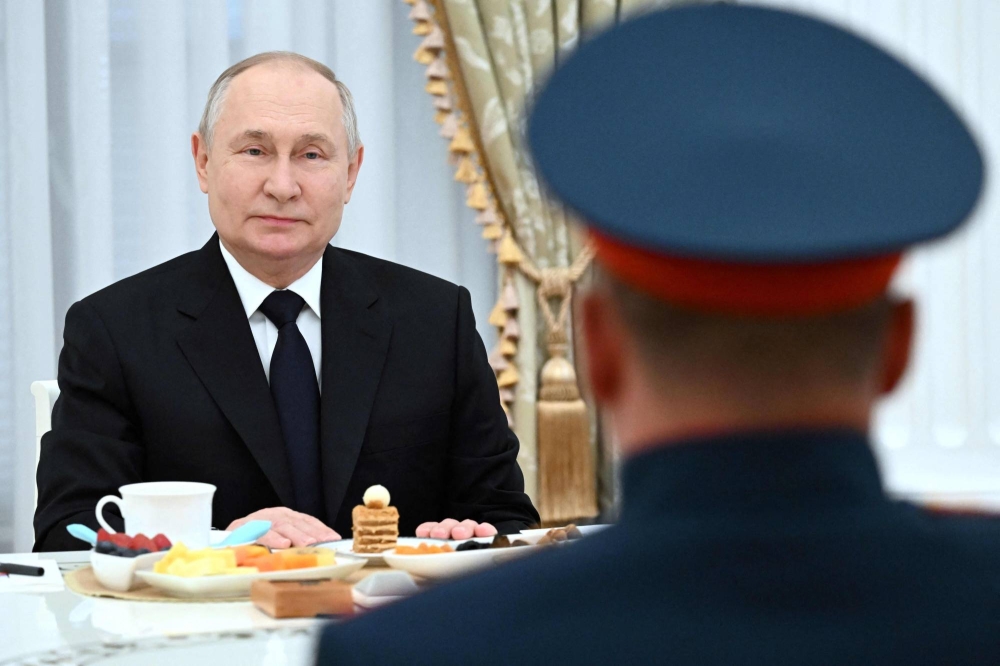
Despite the escalating defence expenditure, state-owned defence conglomerate Rostec reported a decline in income from weapon and military equipment sales in 2022 compared to 2020. Similarly, Roscosmos, the Russian space agency, incurred losses of 50 bn rubles ($497.5 mns) in 2022, a significant jump from the previous year's 31 bn rubles ($308.4 mns). The state-owned United Shipbuilding Corporation recorded a staggering loss of 20 bn rubles ($199 bns) in 2022, further exacerbating the losses in 2021 and the net profit experienced in 2019.
The current surge in military spending is primarily an attempt to keep up with mounting costs. A similar pattern is anticipated in 2024, given the Russian defence sector's heavy reliance on imports. The combination of Western sanctions, ruble devaluation, and the cost of import substitution has significantly inflated the price tag of military equipment.
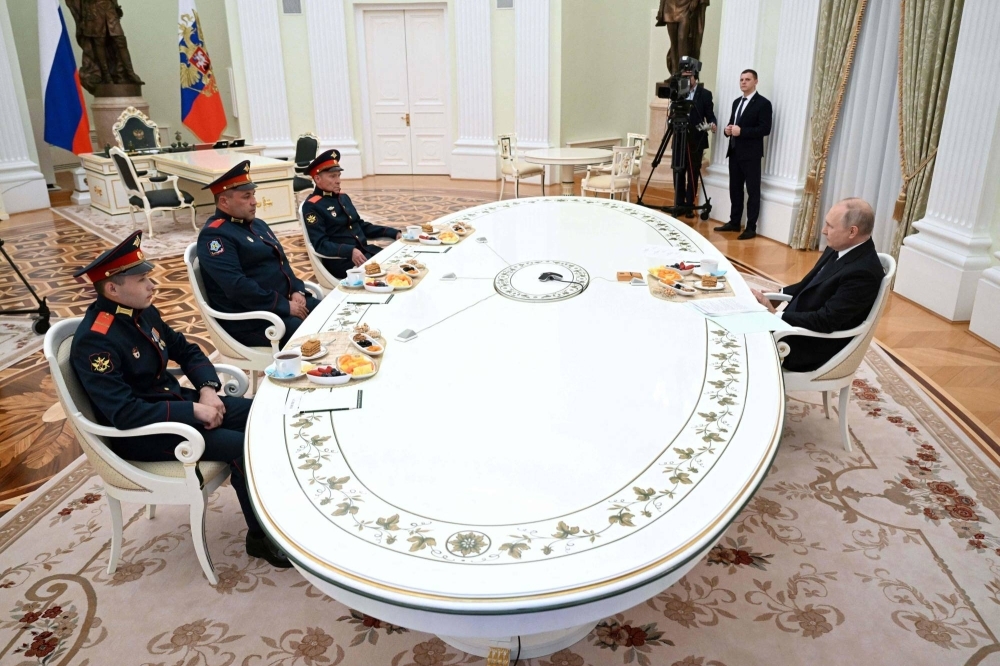
The Kremlin's motives extend beyond a prolonged war in Ukraine. The government envisions certain economic benefits arising from this contentious scenario.
Follow Daryo's official Instagram and Twitter pages to keep current on world news.
Comments (0)